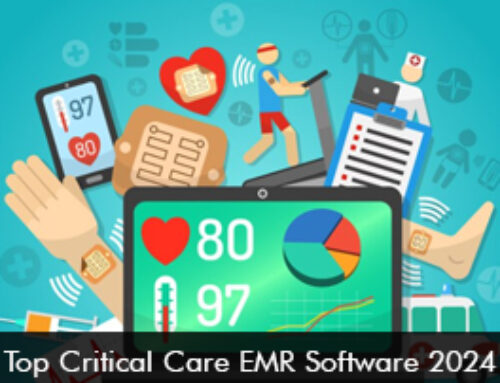Unnecessary administrative burdens and needless tasks only add up to physician burnout which can take a toll on healthcare providers and primary care specialists. Physician burnout is an ongoing issue faced in hospitals and healthcare systems. Fortunately, there are a few ways in which hospitals can address this problem by changing shifts of staff members and programs that aim to relax clinical staff members.
What fuels physician burnout?
The main areas that cause and make physician burnout worse are the following,
- Time constraints
- Keeping up with regulations
- Technology
Targeted approaches can provide solutions for each of these factors and then physicians can feel satisfied. Standardized organizational processes can be created to eliminate needless tasks in daily workflows and routines. If physicians are spending too much time entering data in their Electronic Medical Records (EMR) software and are more occupied managing administrative tasks this means they are at the edge of burnout and frustration which can all lead to less focus on the patient. A survey conducted in 2018 revealed that the major cause of physician burnout in the United States was charting and paperwork tasks. Medical practices need to find out a way to combat the issue of burnout to improve efficiency, performance, and therefore patient outcome levels.
5 Proactive Strategies to reduce physician burnout caused by EHR Software systems
- Train new staff members when a new EHR software purchase is decided – Medical practices need to make sure that everybody is on the same page when it comes to using the new software technology. Each staff member has a different learning curve and practices should start training physicians once the purchase of the EMR software is decided. The training will help practices avoid any inconvenience and frustrations that come with a new system. Adapting to the new software system will be much smoother and work processes will get more productive. If you already have an existing Electronic Health Records software then it is advised that regular training sessions are conducted so members feel comfortable using updated software features and tools.
- Enhance the EMR software login and password process – It can be stressful and cumbersome for the physician to type out a password to open a new window in the EHR software system. Practices can use a proximity password device which altogether eliminates the need to type a password. Also, it is advised that staff members don’t share their individual EMR software passwords as patient privacy and confidentiality could be at risk.
- Use voice recognition software or hire a medical scribe – The patient and physician relationship can be negatively affected when physicians are spending more time on their computer screens rather than focusing on their patients. To combat this issue medical practices can hire a medical scribe who can record conversations and notes from each patient visit. This helps to reduce data entries which allow physicians to take out more time for their patients and reduces the chances of burnout. Patient experiences can also enhance as patient wait times are reduced considerably. Hiring a medical scribe can be costly and if medical practices can’t afford that then they have the option of using an integrated voice recognition software that lets physicians dictate clinical documentation that is converted into digital notes. Here are a few EMR software vendors that offer the robust functionality of voice recognition Practice Fusion, ChARM EHR, and EpicCare.
- Use a virtual assistant whenever possible – Repetitive EHR software tasks reduce efficiency and lead to physician burnout. Virtual assistant tools can help to manage all EMR-related administrative tasks such as messaging patients and sending prescription requests to pharmacies. This makes up more time available for the physician to provide the best care to patients. For example, if a practice is using athenaClinicals EMR software then they can leverage the power of NoteSwift’s virtual assistant, Samantha, to automate the EHR documentation process.
- Go for an EHR software system that offers a specialty-specific interface – Complex EMR software interfaces are not user-friendly and can cause burnout and stress as they are not specific to your specialty. By using a specialty-specific interface providers don’t have to use the tools that are not relevant to their specialty and quickly find the information they need and hence offer better care to patients.
Moving ahead
Physicians can turn around the burn-out caused by software systems by utilizing the above-mentioned strategies. By using EHR software systems in the best way practice efficiency can go up and provider stresses will be at bay.







